#Native American food
Text

November is National Native American Heritage month in the USA! Did you know that many of the UK’s favourite kitchen garden plants were originally domesticated by indigenous peoples in the Americas? The Native Americans’ domesticated plants now feed most of the world and have become an integral part of cuisines in Europe, Africa, and Asia.
1. Potato: Potato (Solanum tuberosum) was domesticated by indigenous Americans in the Andes at least 10,000 years ago. Genetic studies indicate hybridization of different wild potato varieties in the species Solanum brevicaule in Southern Peru produced the original domesticated potato. Today, indigenous people in Peru have over 4000 varieties of potato, each with their culinary and cultural significance. The Chuño potato can be preserved for up to 15 years, making it an important food source during lean times in the days of the Inca Empire.
2. Corn: Indigenous Americans domesticated corn (Zea mays) from the wild grass Teosinte (Zea mays parviglumis) of southwestern Mexico approximately 9,000 years ago. The wild Teosinte is a miniature corn, with ears containing only 5-12 hard seeds. From the initial domestication in Mexico, corn spread north and south to become the iconic food plant of indigenous America. Native American corn differs from the familiar sweetcorn because it was selectively bred to be dried and preserved rather than eaten fresh. Native American corn varieties can be a kaleidoscope of beautiful colours and are either flint corn (dried for preservation and then soaked for food purposes), flour corn (processed into masa harina flour), or popcorn.
3. Beans: Our familiar kitchen garden beans all come from indigenous American agriculture. The fresh green beans and most of the dried beans belong to the same species, the Common Bean (Phaseolus vulgaris) which was domesticated via hybridization of several wild species in Mesoamerican around 4,000 years ago. The Lima Bean (Phaseolus lunatus) was domesticated in South America around 4,000 years ago and spread north of the Rio Grande by the 1300’s.
#katia plant scientist#plants#gardening#agriculture#crops#potatoes#corn#beans#native american#native american heritage month#indigenous food#history#native american culture#native american food#domestication#botany#plant based
48 notes
·
View notes
Photo

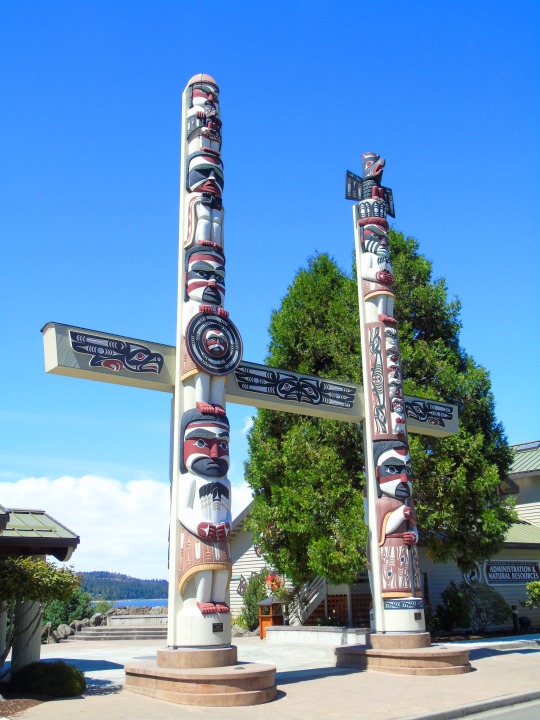


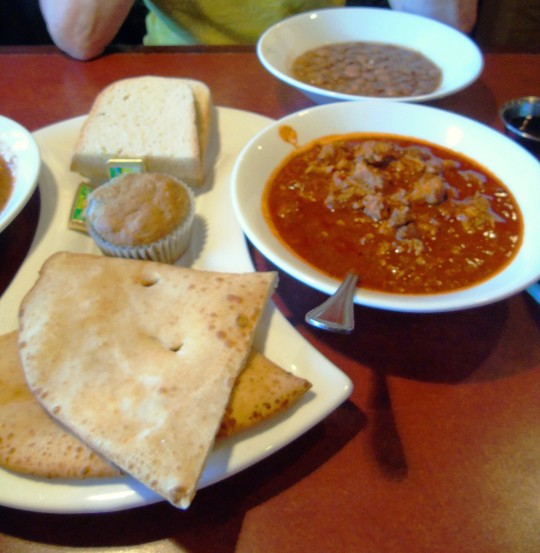


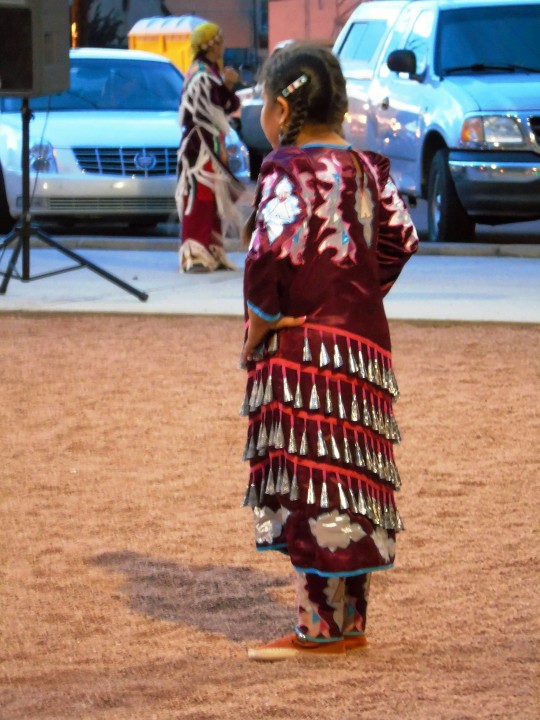
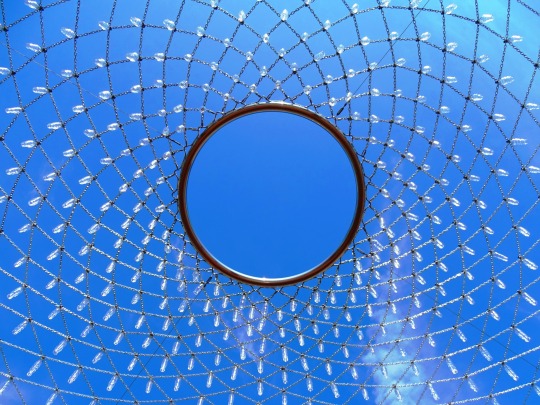

International Day of The World's Indigenous People
The International Day of the World’s Indigenous People on August 9 pays tribute to the indigenous communities of the world. The latest data reveals that there are about 370 to 500 million indigenous people living in 90 countries. These communities are noted to have their own unique set of languages, traditions, cultures, and governing systems. For many indigenous groups, the systems that their ancestors have followed for centuries have stood the test of time by serving them with positive outcomes to date. Many indigenous people’s special bond and connection with nature have also led to the protection of the general environment. However, on the other side, several indigenous communities face difficulties due to a central government’s covert and overt attempts to control their lives. This has led to indigenous people’s rights violations where they would have otherwise ensured peaceful and harmonious lives for them.
History of International Day of The World's Indigenous People
The first International Day of the World’s Indigenous People was officially celebrated in August 1995. The day had been brought into existence when the 49/214 resolution was passed by the U.N. General Assembly on December 23, 1994. August 9 was chosen as the commemorative date because that was when the first meeting of the U.N. Working Group on Indigenous Populations of the Sub-Commission on the Promotion and Protection of Human Rights was held. Every year, the day is honored by governments and organizations holding education forums and conferences to meet and discuss the social issues faced by indigenous groups worldwide. People are also given information on any ongoing and/or upcoming activities and projects that are being undertaken to help the target communities. Every year, the theme changes to shed light on a pressing topic, and the theme for the year 2021 was ‘Leaving no one behind: Indigenous peoples and the call for a new social contract.’
The social contract theme is a call for accountability in the general populations’ interaction with the indigenous communities and their resources. Over the years, many indigenous groups have found themselves to be on a disadvantageous terrain in the face of urban development projects that have destroyed and denigrated their lands and territories. The central governments and builders involved in such projects never sought permission from or even spoke with the indigenous communities before they took the developmental steps. Organizations and agencies like the U.N. and UNESCO have made efforts for constitutional/legislative reforms for dominant indigenous groups. Yet, the efforts must be focussed on bringing everyone together in the cause, leaving none behind.
International Day of The World's Indigenous People timeline
1982 First U.N. Meeting on Indigenous People
The U.N. holds the first meeting on indigenous people by forming the U.N. Working Group on Indigenous Populations of the Sub-Commission on the Promotion and Protection of Human Rights.
1995 International Day of the World’s Indigenous People
The first International Day of the World’s Indigenous People is celebrated by the U.N. General Assembly.
2005 - 2015 Indigenous People’s Decade
The U.N. proclaims 2005 to 2015 to be the ‘Decade of Action and Dignity’ for the indigenous communities.
2019 Indigenous Languages Year
After a startling 2016 report on the danger of more than 2,000 indigenous becoming extinct, the U.N. declares 2019 to be the International Year of Indigenous Languages in order to create awareness.
How To Observe International Day of the World’s Indigenous People
Learn about indigenous groups
Learn an indigenous language
Stand by indigenous groups
History related to indigenous people is always interesting to read and learn about. They have their own sets of beliefs, customs, languages, and cultures. Their daily lifestyles are also often connected with nature, be it animals, trees, certain plants, or lakes/rivers.
The U.N. declared the years 2022 to 2032 the decade for indigenous languages. The goal is to bring to attention the dying languages, since most of them are not taught in schools or are used by the general public. Losing a language is losing an important facet of the history and culture of a people.
The best way to celebrate this day and the rest of the year is by vowing to stand by indigenous groups. The indigenous people have the right to freely choose however they wish to live, much like any other living being on this planet. Protecting their rights also in turn protects your rights in the long run.
5 Interesting Facts About Indigenous People
80% of the world’s biodiversity
4,000 indigenous languages
High poverty rates
Short life spans
Leaders in protecting the environment
Around 80% of the world’s biodiversity is in places where indigenous groups are living.
The 5,000 indigenous communities in the world are credited with having about 4,000 languages.
While the indigenous communities account for only 5% of the world’s population, they make up 15% of the world population that is living in poverty.
Indigenous communities, due to a lack of awareness, have shorter life spans as they die of preventable diseases like malaria and H.I.V.
Studies have shown that the fauna and flora, and biodiversity thrive and flourish where indigenous people reside.
Why International Day of the World’s Indigenous People is Important
It’s a celebration of indigenous people
It’s a celebration of indigenous languages
It’s a celebration of the freedom to live
Indigenous people form an essential and crucial part of not only our planet’s history, but also how human beings have come to make systems to lead fruitful lives. The indigenous people’s cultures, customs, and traditions are interesting to learn about for their uniqueness and for what they teach us about the universe and the bigger picture.
Language, at its core, builds the identity of a people. The involvement of the different phonetics, grammar rules, and formal/informal styles can tell one a lot about where a community has come from, and how their history has shaped them. The same is the case with indigenous languages. The problem lies in their endangerment, and this is why we must strive to preserve them.
The freedom to practice our rights on a piece of land that has shaped our communities for centuries should not be taken away from anyone. The freedom to practice our customs, traditions, and general lifestyles is another important aspect of living a worthwhile life. For these very reasons and many others, we should join indigenous people in their right to live and flourish however they like.
Source
#Wabanki Canoe#International Day of the World’s Indigenous People#USA#9 August#original photography#native american#Washington#Main#travel#vacation#Canada#Founding Fathers by Dale Faulstich#Jamestown S'Klallam Tribe#Anishinaabe Scout by Hamilton MacCarthy#Ottawa#Vancouver#Klahowya Village#Montezuma Castle National Monument#native american food#Navajo#Diné#El Castillo#Chichén Itzá#Mexico#Lower Fort Garry National Historic Site of Canada#The Gather-Ring by Manuel Báez and Charlynne Lafontaine#InternationalDayofTheWorld'sIndigenousPeople
98 notes
·
View notes
Text

#fry bread#Indian taco#Tocabe#chili beans#ground bison#Native American food#Native America#Denver#Colorado
5 notes
·
View notes
Video
Sean Sherman cider braised turkey thighs-Yellowstone cookbook by Jackie Alpers
Via Flickr:
The relationship of Indigenous tribes to their land is a central theme in the Yellowstone TV series and I am honored to include Sean Sherman’s recipe for Cider Braised Turkey Thighs from his James Beard award winning cookbook, The Sioux Chef's Indigenous Kitchen in The Unofficial Yellowstone Cookbook. A portion of the sales of my cookbook will be donated to NATIFS (North American Traditional Indigenous Food Systems), promoting Indigenous foodways education and access. Visit natifs.org/ to learn more and make a dontation.
#Unofficial Yellowstone Cookbook#westerns#Jackie Alpers#recipes#western food#cooking#food#food photography#The Unofficial Yellowstone Cookbook#Indigenous Food#Indigenous Foodways#Indigenous#native american food#flickr
1 note
·
View note
Text
youtube
Hanna Freeman bean The Lenni-Lenape people are indigenous to the Delaware Valley . The Lenni-Lenape people lived along the coast of Delaware; they also lived in parts of New Jersey , Pennsylvania and parts of New York . Hanna Freeman Lived from 1730 - 1802 . Hanna was a Lenni-Lenape woman who traveled the Brandywine River Valley . Hanna was a basket weaver , she worked in agriculture , traditional healing and she looked after children . Most of Hannas tribe fled westward but she and her family stayed behind, living among Quaker and European settlers. When Hanna Passed away she was known as the last Delaware Indian of Chester County Pa . The seeds called Hanna Freeman Bean were preserved by a man who owned the land Hanna lived on . These seeds are important Heirloom seed not only for Biodiversity but to also preserve Native American tradition , to connect to the past people of this land and to preserve the seed for the next generations to come . The Hanna Freeman bean is a pole bean with long pods , some pods are green with pinkish spots . This bean can easily grow 6 feet tall . Pods and be eaten young as snap beans or left to dry on stalks to be used in soups later on . Grow beans after all danger of frost when soil warms. You can try growing pole beans the traditional Native American way paired with Corn and Squash . This way of companion planting will help all the plants grow better together. Beans are Legumes and fix atmospheric nitrogen back into the soil making the soil more fertile . Link to order seed Hannah Freeman Bean – Truelove Seeds https://trueloveseeds.com/products/ha... Links Hannah Freeman - Wikipedia https://en.wikipedia.org/wiki/Hannah_... Lenape - Wikipedia https://en.wikipedia.org/wiki/Lenape
#native american#garden#beans#plants#biodiversity#indigenous#native plants#indigenous history#Native American Plants#native american food#history#culture#native american culture#Lenni-Lenape#Lenape#PA#pennslyvania#delaware#new jeresy#new york#Delaware Valley#coast of Delaware#Brandywine River Valley#native American women#east coast#nature#gardning#three sisters#Three sisters gardening#companion planting
0 notes
Text
so I found this really cool website that sells native seeds- and you might be asking me "snekdood, haven't you posted an entire list of websites that sell native wildflower seeds that you're going to add on to soon?" and yes that's true, but that's not the kind of native seed im talking about rn.
see, on my quest to find websites that sell native wildflowers, I came across this dope ass website that sells seeds that have been farmed and harvested by ntv people traditionally, i'll let the website do the talking:




so anyways this is the coolest website ever. you can find the wild relatives of chiles on here called chiltepines, you can find different colors of corn and cool squash's, and every seed from whichever farm has it's own lil origin story written about it. you can also find other veggies here that are already commercially available to help fund and support this organization. as well as there being a cool gift shop with a lot of art made by different native folk from all around as well as cookbooks, jewelry, pottery, weavings, and clearly plenty more:

as well as a pantry?? with premade soup mixes??? and i really want to try them now??????
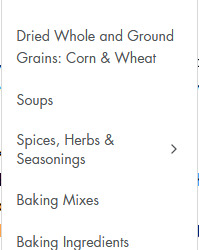
anyways I think its worth snoopin' around bc I'm almost positive you'll see something you think is cool (oh also if you happen to have some seeds passed down from ur family too and ur also native they seem like they would gladly help produce more)
#heirloom seeds#native plants#native wildflowers#native seeds#native seeds search#gardening#farming#seed conservation#heirloom vegetables#vegetables#crops#food#native american#native american traditions#native american heirloom seeds#support indigenous people#indigenous art
2K notes
·
View notes
Text

Native American themed lunchbox this month 🍂🌽🫘✨ so happy with this!
Everything labelled in my previous post if you wanna google ;)
#digital art#artists on tumblr#art#illustration#artwork#my art#drawing#digital illustration#native american#indigenous#digital artist#concept art#bento box#food art#food aesthetic#lunchbox#kawaii#cute art#cute aesthetic#cozy art
142 notes
·
View notes
Text
#indigenous#native american#apache#ancestors#ancestral knowledge#food#foodways#indigenous food#unci maka#grandmother#elders
80 notes
·
View notes
Text

another attempt on the concept of salmonid traditional art
#splatoon#salmon run#splatoon salmonid#salmonids#splatoon salmon run#see look i think a pretty significant chunk of salmonid art would be centered around food and the making of food#bc yk food is such an integral part of their culture#also just for the record: this art style is inspired heavily off of the art style of north-west native american tribes#i fell down a rabbit hole of research when i learned on the wiki that the canon salmonid culture was inspired by them#super cool stuff! i hope to be able to see some of their art in person someday..... sadly i live on the east coast#boiledegg art
483 notes
·
View notes
Text
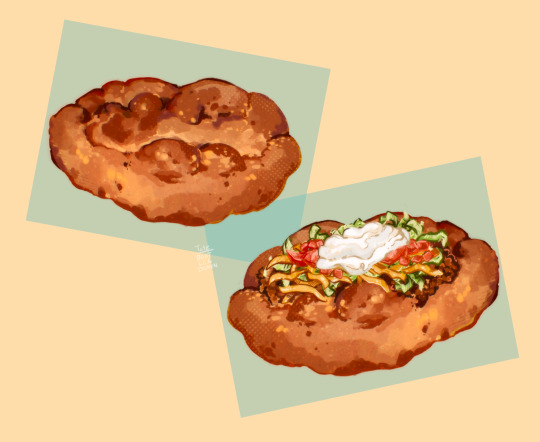
How do you like your frybread?
26 notes
·
View notes
Text
some american self proclaimed chef saying america doesn't have any cultural food is embarrassing like you were led astray so badly 😓 hope you get well soon
#then she said we cant all claim native american food as our own as if anyone was trying to lmao#pointing out native americans also have their own cuisine that shows the richness of american cultural food alongside our fusion foods is??
62 notes
·
View notes
Photo

The Sunflower 🌻 ( Helianthus annuus) is probably the first flower many of us drew as children due to its simple shape and cheerful appearance.
The sunflower was domesticated by the indigenous people of Mexico in prehistoric times for the seeds as a food source. Sunflower cultivation spread as far north as Canada in Precolumbian times. When they are young plants, sunflowers actively turn to face the sun. As mature plants they stay fixed in an East-facing position.
There is an often-repeated Greek myth about Apollo and is admirer Clytie who turned into a sunflower. Of course, the Ancient Greeks did not know about sunflowers, so the original flower in the story was a Turnsole (Heliotropium spp.) which is a native European wild flower.
#katia plant scientist#sunflower#himawari#girasol#red sunflower#dark sunflower#sunflowers#helianthus#helianthus annuus#sunflower seeds#turnsole#heliotropium#apollo and clytie#greek myths#native american culture#native american food#big flower#red flowers#flowers#summer flower#botany#phytology#plant biology#plant science#plants#plant aesthetic#plant facts
16 notes
·
View notes
Text
I come from a long line of people who raised hogs, smoked them in the earth as technique inherited from indigenous kin (who - more broadly - introduced the west to the method: more on that here!) and seasoned them beautifully.
so pork specifically meant a lot to my family... but it is also undeniably tied to hereditary health problems...
so here's a story on how we departed from that, what tradition even is, and what it means to me now ft the humble black eyed pea, for EATER!
some of my favorite panels:


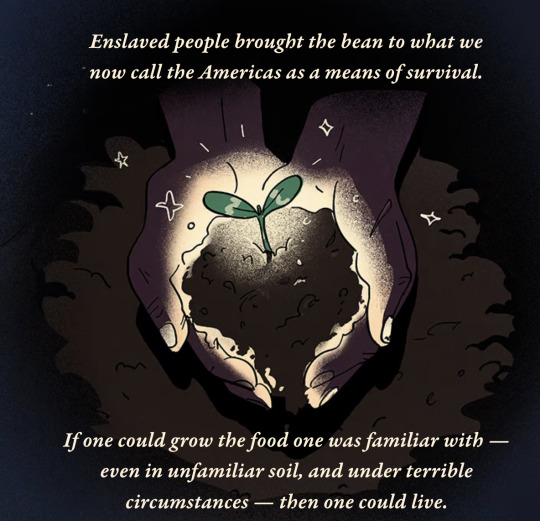
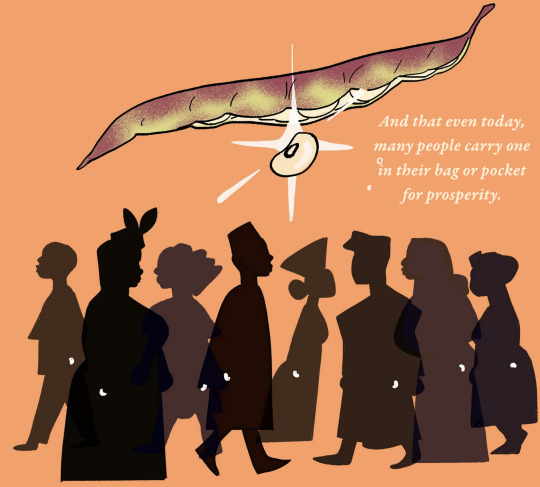
find the recipe for Yoruba àkàrà in my new book, COOK LIKE YOUR ANCESTORS <3
#art#comic#comics#illustration#cartoon#love#food#africa#african american#foodways#native#indigenous#barbecue#black eyed peas#heirlooms#mariah-rose marie#cook like your ancestors
36 notes
·
View notes
Text

“Native foods are ubiquitous but unacknowledged. An expert historiography based on thorough research in environmental and social histories, Native Foods frames the rich, emergent, experiential literature on Indigenous foodways in the United States, ending pointedly with a critique of the neocolonial quest for native superfoods to save us from the travails of Euro-American civilization.”
21 notes
·
View notes
Note
I really don't understand why someone sent you anonymous threats😠. I hope you're ok.
Oh lovely, I'm okay! Thank you for feeling like checking in on me; it was really wonderful to see your message after getting home from work.
While I am fortunate to be in a place mentally where these messages can only make me laugh, I hope everyone who receives anonymous hate has the strength to delete, block, and ignore these harmful asks.
I love you all so much. I wish you and your loved ones a pleasant evening!
#thank you for the ask#ask#text#this blog is unapologetically pro-palestine#fascists get blocked#why would anyone believe the disabled mexican middle eastern native american food blogger wouldn't have these opinions?
24 notes
·
View notes
Text
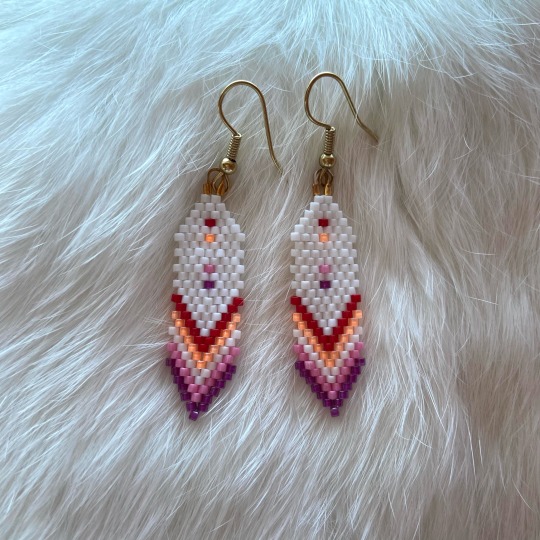


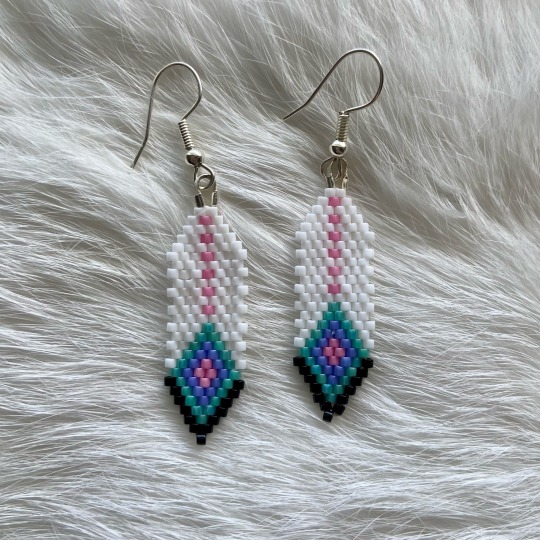
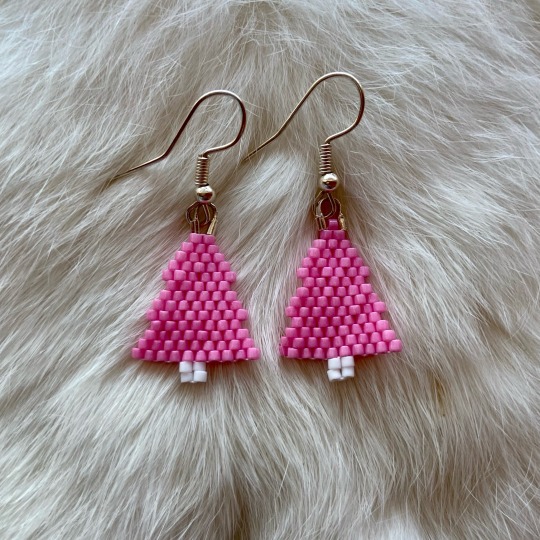
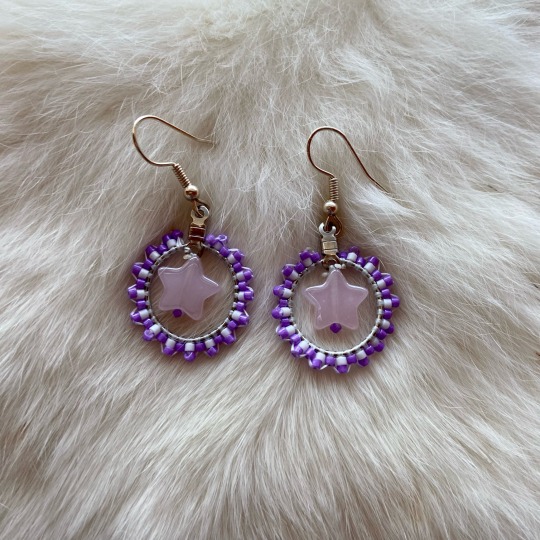

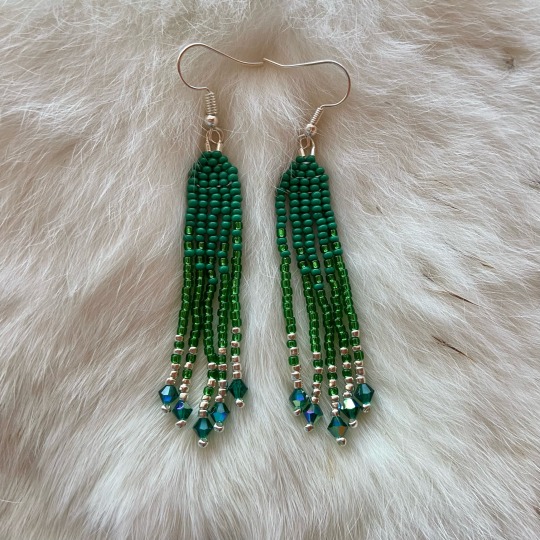

Hi guys! I can’t afford food right now and I would really really appreciate it if y’all could buy some earrings from me!! My prices range from $12 to $50!! I also have an instagram where I have more inventory and earrings!!
(I’m also working on a full collection of pride feather earrings!)
Please consider helping out an indigenous beadwork artist this holiday season!! 💞
#please reblog!!!#pls pls pls I don’t have any groceries and I haven’t eaten all day#I literally cried on my way home from work because I can’t afford food and I feel so defeated#my post#ndn tag#beadwork#artists on tumblr#beadwork for sale#indigenous#native american#native American beadwork#for sale
192 notes
·
View notes
